17 Boomer Dating Habits That Gen Z Would Never Do

Ah, the golden age of romance—a captivating era when dating was as delightfully analog as the rotary phones that set hearts racing with every ring.
Back then, romance was an art form demanding patience, planning, and just the right sprinkle of creativity. Imagine nervously pacing the hallway, tethered to a curly-corded phone, anxiously awaiting a call that might never come—or joyously spending hours crafting the perfect mixtape, meticulously timing every track to eloquently convey feelings words couldn’t quite capture.
Drive-in movies meant cozy evenings huddled beneath blankets, and handwritten love letters traveled miles to warm hearts across the distance. From borrowing dad’s polished Chevy for date night to scribbling sweet nothings on diner napkins, every moment brimmed with earnest charm.
So let’s nostalgically stroll hand-in-hand down lover’s lane, revisiting 17 charmingly quirky dating rituals boomers adored—habits that might bewilder Gen Z today but continue to warm hearts with their irresistible blend of simplicity and sincerity.
1. Waiting by the Phone – Literally. By the wall. All night. Because he might call.
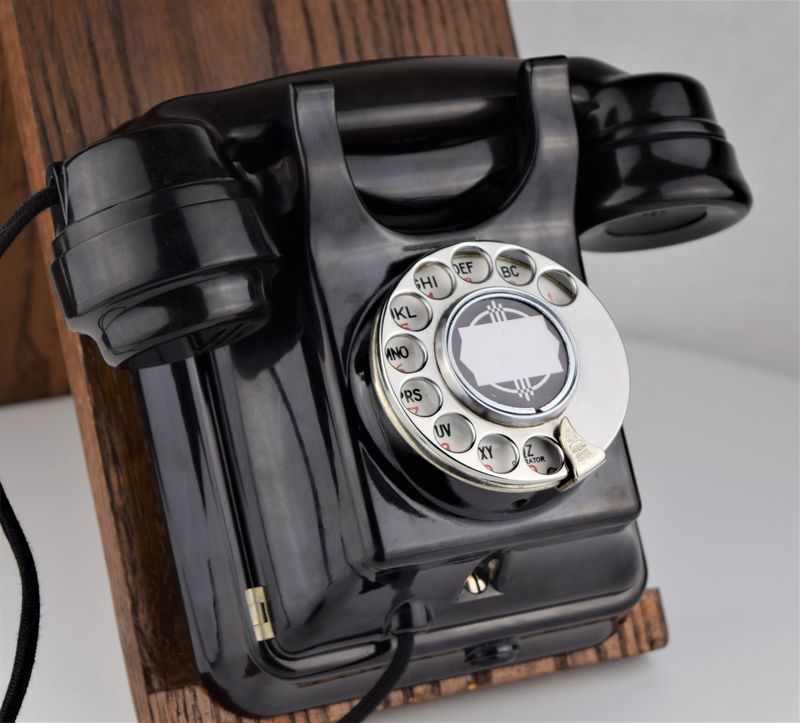
Imagine a time when the phone wasn’t just on the wall; it was the wall. Waiting by the phone was a ritual, a dance with uncertainty. There were no notifications, no buzzes, just the deafening silence interrupted by the occasional ring. Boomers knew the thrill of hearing the phone and hoping it was the one they longed to hear from.
You’d sit just close enough to catch the first chime, yet far enough to seem nonchalant. The art of appearing casual while desperately clinging to hope was a skill honed over years. Every ring was a heart-stopping moment, a potential connection, or a heartbreaking letdown.
This wasn’t just waiting; it was an event, an evening’s activity planned around the potential for conversation. The modern age may have apps and instant messages, but it lacks the delicious agony of waiting by the phone. The air of anticipation and the sheer dedication required is an experience Gen Z may never know.
2. Making a Mix Tape – Hours spent recording off the radio. Hope you like The Eagles.

Crafting a mix tape was not just about the music; it was an art form, a labor of love. Hours were spent hunched over a radio, finger poised on the record button, ready to capture the perfect song. Every tape was a sonic journey, a carefully curated collection of songs meant to express the inexpressible.
Each track was chosen with precision, each transition meticulously planned. The challenge was capturing the song without the DJ’s voice or static, making every clean recording a small victory. And let’s not forget the handwritten tracklist, an essential part of the experience.
Mix tapes were the original playlists, created with painstaking care and deep emotional investment. They were personal, tangible, and a testament to the creator’s devotion. Gen Z might have streaming, but they’ll never know the joy of finally nailing that elusive radio hit or the satisfaction of gifting a tape filled with heart and soul.
3. Calling the House Phone – And praying her dad doesn’t answer. Spoiler: he always did.
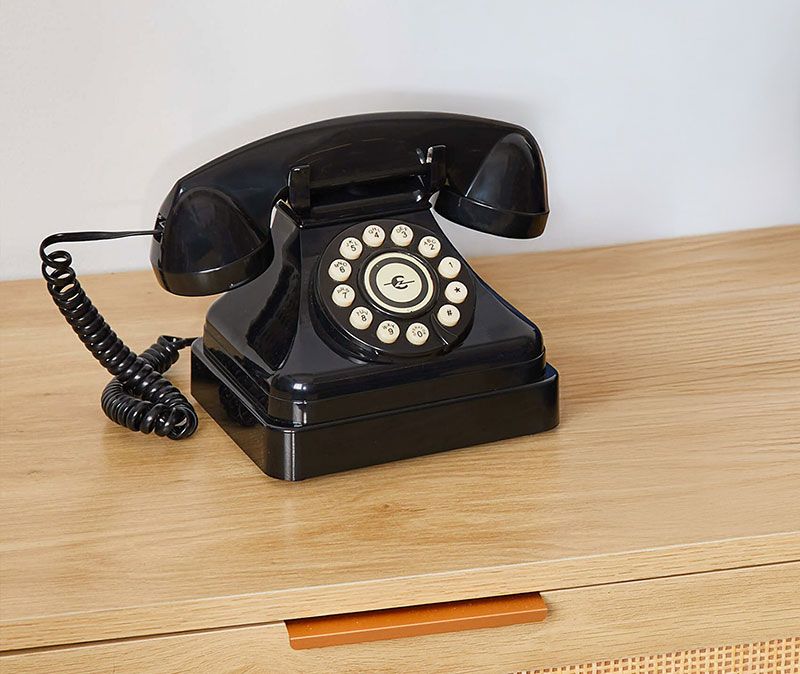
Ah, the house phone—a gatekeeper of romance, a portal to potential embarrassment. Calling someone’s house meant braving the possibility of speaking to a parent, usually her dad, a formidable figure in the dating world. Every ring was a gamble, a moment of truth.
The dreaded “Hello?” followed by a deep, authoritative voice could make or break the bravest suitor. It required nerves of steel and a quick wit to navigate these interactions successfully. The goal was to sound respectful yet casual, all while trying to get through to the real object of affection.
This ritual was a rite of passage, a test of character. Modern daters may never experience the thrill of such a high-stakes call, where each word felt like a carefully constructed negotiation. The house phone was a battlefield of love, where only the brave dared tread.
4. Asking Someone Out in Person – No texts. Just nerves, sweat, and a shaky ‘Wanna go to the sock hop?’

There was a time when asking someone out meant facing them, trembling voice and all. No screens to hide behind, no emojis to ease the tension. It was pure, unfiltered bravery, like stepping onto a stage without a script.
Boomers knew the nerve-wracking thrill of approaching someone they admired, heart pounding in their chest. Each request was a moment of vulnerability, a leap of faith. The stakes felt enormous; the rewards, even greater.
Today’s digital age offers ease and convenience, but it lacks the raw, exhilarating courage of an in-person ask. Back then, it was about connection, eye contact, and the possibility of shared moments. It was a beautiful, heart-stopping tradition that required a courageously beating heart.
5. Double Dating as a Rite of Passage – Because awkward small talk is better in pairs.
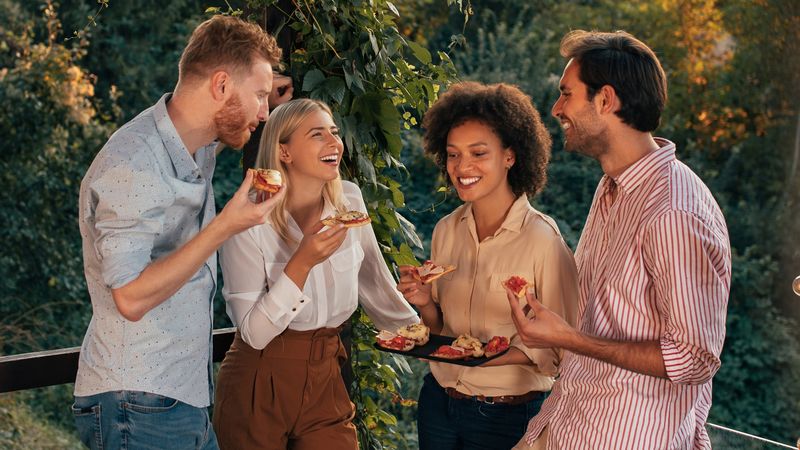
Double dating was almost a rite of passage, a safety net woven with shared experiences and mutual friends. It was a chance to make awkward small talk in a group setting, where any potential embarrassment could be diffused by numbers.
This was about camaraderie, about navigating the treacherous waters of dating alongside trusted allies. It was comfort in numbers, a chance to laugh at each other’s missteps and share in the triumphs.
For Boomers, double dates were a bridge—a gateway to romance, but with handrails. It was about enjoying the journey together, the shared experiences, the collective memories. While Gen Z might swipe for love, Boomers shared it, one double date at a time.
6. Going Steady – Exclusive after one milkshake and a slow dance. It’s official when the letterman jacket gets loaned out.
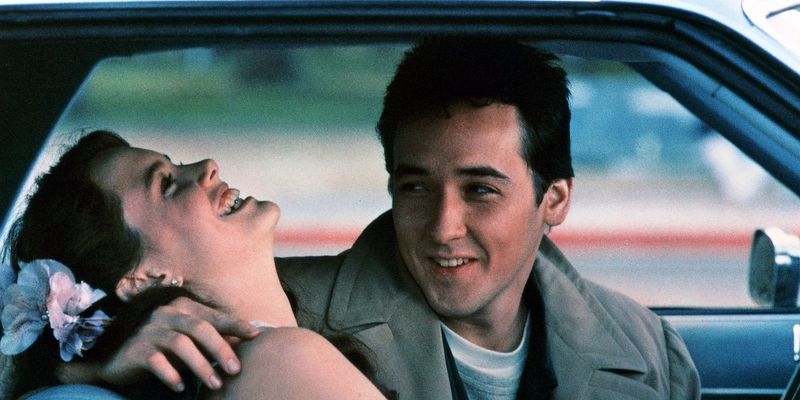
Going steady was the social media relationship status of its day—a declaration of exclusivity, sealed with a milkshake and a dance. It was a ritual recognized by the loaning of a letterman jacket, a badge of honor worn with pride.
This wasn’t just a relationship; it was a commitment, a mutual understanding sealed with simple gestures. It was about shared moments, about being seen together, about creating a bond recognized by peers.
For Boomers, going steady was a milestone, a chapter in their romantic journeys. It was about sharing one’s life, not just a profile. It was a time when love was measured not by algorithms, but by stolen glances and shared moments. A tradition lost to the ages, but fondly remembered.
7. Cruising the Strip – Driving up and down Main Street with no destination, just vibes.
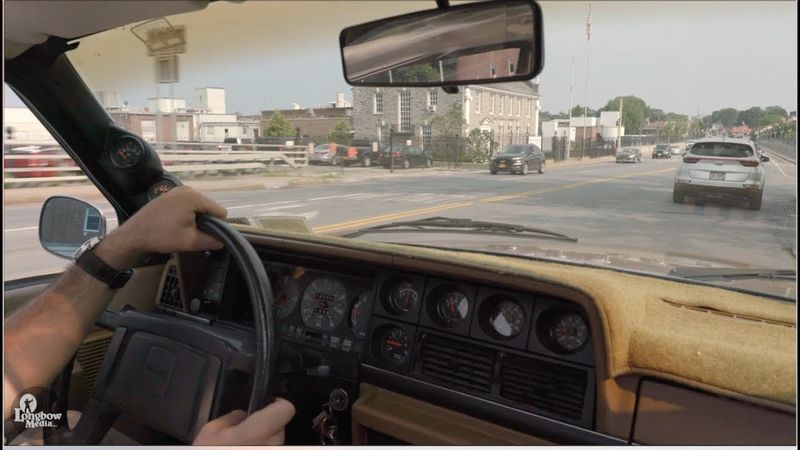
Cruising the strip was a pastime that was all about the journey, not the destination. It was about driving up and down Main Street, windows down, music playing, with the sole purpose of being seen and seeing others.
This was a social scene, a moving party where the car was your dance floor, and the street was your stage. It was about the vibe, the freedom, the thrill of the open road, however short that road might be.
Boomers embraced cruising as a way to connect, to socialize, to stake their claim on the night. It was a tradition steeped in nostalgia, a slice of Americana that embodied the spirit of youthful exuberance. For Gen Z, with their virtual hangouts, the strip remains a mystery, a forgotten relic of youth.
8. Waiting Days to Call Back – A weird flex that made sense then. Now? Ghosting with extra steps.
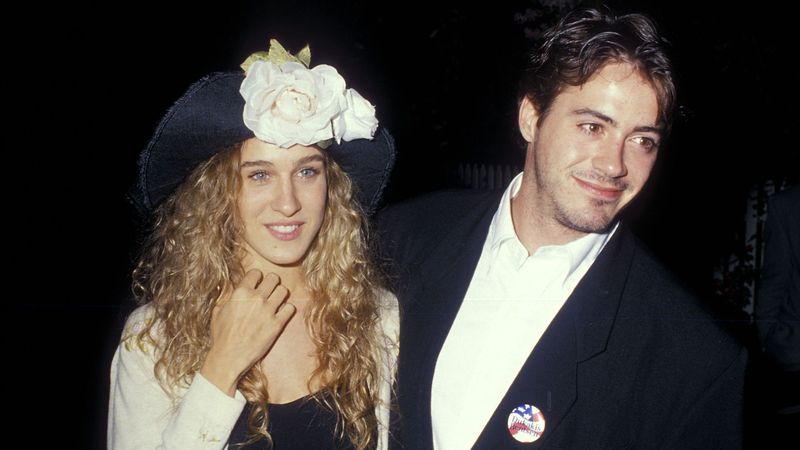
Playing hard to get involved an intricate dance of timing, where waiting days to call back was considered a strategic move. It was a display of restraint, a demonstration of cool detachment, an odd power play in the dating game.
This was about building anticipation, about creating mystery, about playing the long game. It was a tactic that, in hindsight, seems bizarre, yet it was a norm embraced by Boomers in their quest for romance.
In a world where instant communication reigns, the idea of waiting days to call back is an obsolete artifact. For Boomers, it was part of the courtship ritual, a test of patience and interest that Gen Z might never comprehend. It was the art of the tease, the slow reveal, the prolonged pursuit.
9. Dancing Without Grinding – Just some tasteful twirls and a polite hand on the waist.
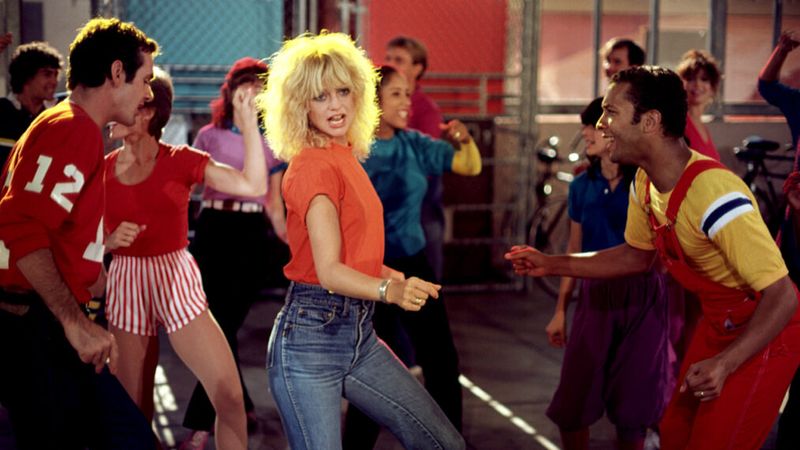
Before grinding became the dance du jour, there was a time when dancing was about elegance and grace. It was about twirls and spins, about a gentle hand on the waist, about moving in unison to the rhythm of the music.
This was an era when dancing was a conversation, a silent dialogue expressed through movement. It was about connection, about feeling the music together, about the shared joy of the dance floor.
Boomers experienced the beauty of dance as an art form, not just an expression of attraction. It was about style and form, about creating a moment together. Today’s dance floors might be different, but the spirit of the dance lives on in the memories of those who experienced its magic.
10. Passing Notes in Class – The analog version of sliding into DMs.

Passing notes in class was the original direct message, a covert communication strategy executed with precision and stealth. It was about slipping a folded piece of paper across desks, a message laced with curiosity and intrigue.
Every note was a secret, a fleeting moment captured in words, a connection made in the confines of a classroom. It was a thrill, a risk, a gamble on whether the note would reach its destination without interception.
For Boomers, this was a rite of passage, a method of communication that carried the weight of anticipation. In a digital age, the analog charm of note-passing is a lost art, a relic of a time when words on paper held a special significance. It was the thrill of the message, the excitement of the unknown.
11. Meeting Parents on the First Date – Hi, nice to meet you, here’s my entire family.
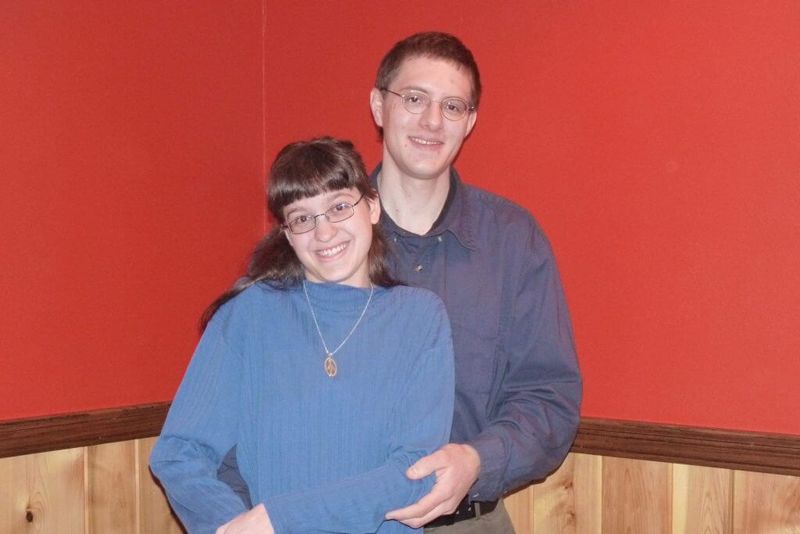
Meeting the parents on the first date was a trial by fire, an immediate immersion into the family dynamic. It was a chance to put your best foot forward, to make a lasting impression, to win over the gatekeepers of your romantic interest.
This was an introduction not just to the individual, but to their world, their history, their roots. It was about entering the inner circle, about proving oneself worthy of the attention and affection bestowed.
For Boomers, this was a significant step, a moment of truth, a test of character. It was an opportunity to connect, to understand the family, to find common ground. While Gen Z might prefer a more gradual approach, Boomers embraced the immediacy of family introductions, a tradition of sincerity and intention.
12. Flirting via Eyebrow Raises and Hair Tosses – No swiping. Just subtle face gymnastics.

Flirting was once a subtle art, a game of glances and gestures, a dance of unspoken intentions. It was about eyebrow raises, hair tosses, and the occasional wink—delicate cues that conveyed interest without words.
This was an era when body language spoke volumes, when a simple look could ignite a connection. It was about the nuances, the subtleties, the unspoken communication that bridged the gap between strangers.
Boomers perfected the art of non-verbal flirtation, a skill that required keen observation and intuition. In a world of instant messages and digital flair, the quiet charm of subtlety is often overshadowed. Yet, for those who remember, it remains a cherished memory of simpler times.
13. Going to Drive-In Movies – You either watched the film or fogged up the windows.
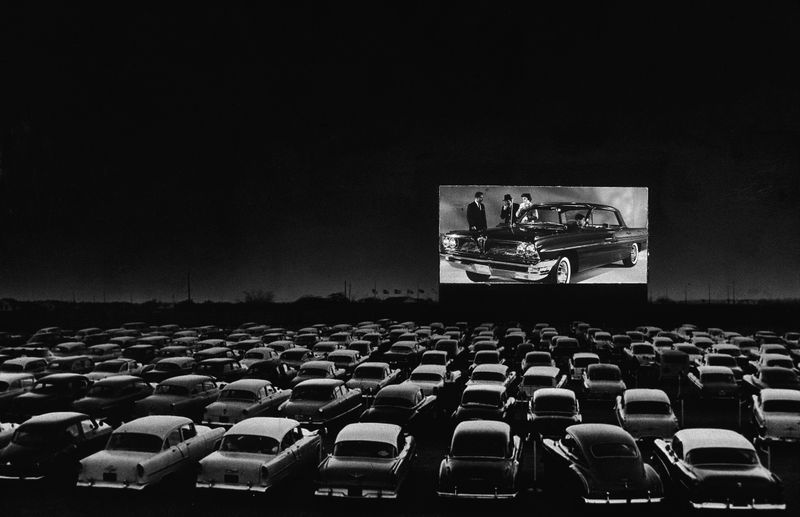
The drive-in movie was a staple of Boomer dating culture, a perfect blend of privacy and public spectacle. It was a chance to watch a film under the stars, or perhaps just enjoy each other’s company away from prying eyes.
This was about more than the movie; it was an experience, a moment shared in the glow of the big screen. It was about comfortable car seats, blankets, and the occasional snack run to the concession stand.
Drive-ins offered a unique mix of intimacy and entertainment, a setting that encouraged both conversation and quiet moments. For Boomers, it was a cherished tradition, a memory steeped in nostalgia. Gen Z might stream movies online, but they’ll never know the magic of a drive-in night.
14. Writing Love Letters – Actual ink. On actual paper. Sealed with awkward perfume.
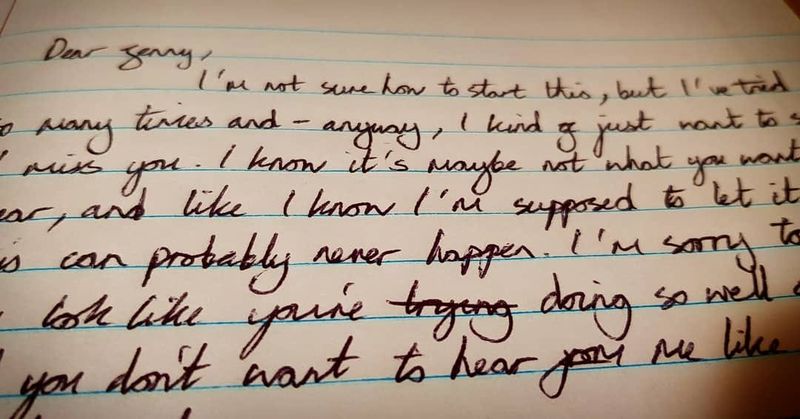
Love letters were expressions of the heart, penned with care and sealed with sincerity. They were about finding the right words to convey emotions, about crafting a message that captured the essence of one’s feelings.
This was a tactile experience, a sensory journey through ink and paper, where each word was a testament to the writer’s devotion. The addition of perfume added a personal touch, a lingering reminder of affection.
For Boomers, love letters were a cherished keepsake, a tangible connection to a moment in time. In an era of instant communication, the art of letter writing is a lost treasure, a skill that required patience and reflection. It’s a tradition that evoked deep emotions, a practice that embodied the soul of romance.
15. Dating Your High School Sweetheart for Decades – No ‘talking stages.’ Just… married by 21.
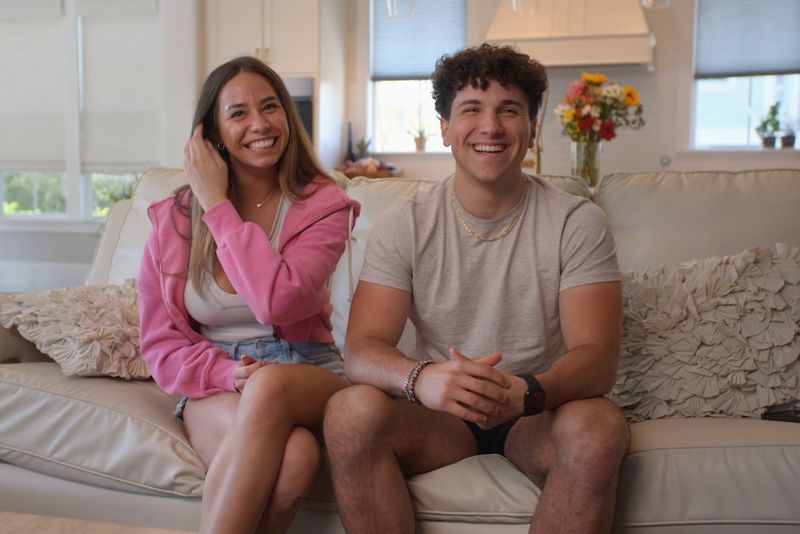
Dating your high school sweetheart was a lifelong promise, a journey that began with youthful infatuation and matured into a lifetime commitment. It was about growing together, facing life’s challenges side by side, building a future from a shared past.
This was about skipping the ‘talking stages,’ diving straight into a relationship that was both familiar and exciting. It was about the shared history, the common experiences, the deep understanding that came with years of companionship.
For Boomers, marrying young was a norm, a natural progression of their early relationships. It was about building a life together, not just pursuing a fleeting romance. While Gen Z might take a more cautious approach, Boomers embraced the certainty of young love, a tradition rooted in nostalgia and permanence.
16. Matching Outfits on Purpose – Plaid on plaid. Love meant looking like a Sears catalog ad.
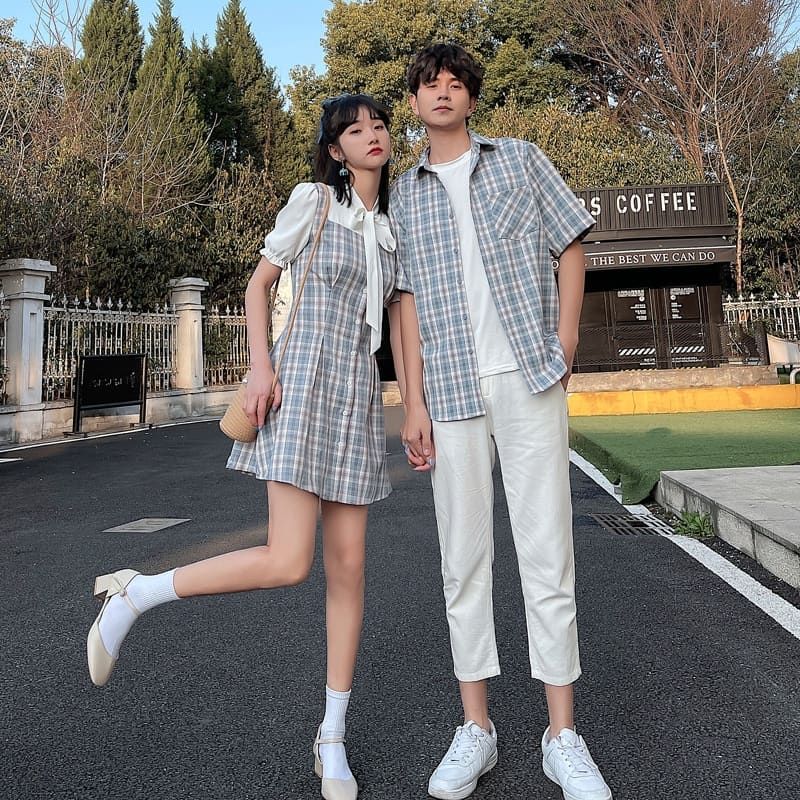
Matching outfits were the ultimate expression of togetherness, a fashion statement that proclaimed unity and shared style. It was about coordination, about looking like two halves of a whole, a visual declaration of connection.
This was about more than just clothes; it was about identity, about presenting a united front to the world. It was a playful tradition, a way to show off the harmony in a relationship.
Boomers embraced this trend with gusto, creating memories that were as colorful as their attire. In a world where individuality reigns, the charm of matching outfits might seem quaint, yet it remains a fond memory for those who lived it. It was about celebrating love in style, a sartorial story told in unison.
17. Breaking Up in Person – No texts, no disappearing acts. Just one dramatic diner conversation.

Breaking up in person was about facing the music, about having the difficult conversation with honesty and respect. It was about looking someone in the eye and saying what needed to be said, without the safety net of a screen.
This was a moment of courage, a test of character, a chance to end things with dignity and closure. It was about addressing the emotions head-on, about acknowledging the shared history and the need to move on.
For Boomers, this was a necessary step, a tradition rooted in respect and sincerity. While modern breakups might happen with a click or a text, the face-to-face approach left room for understanding and closure. It was a bittersweet tradition, a reminder of the complexities of human relationships.
